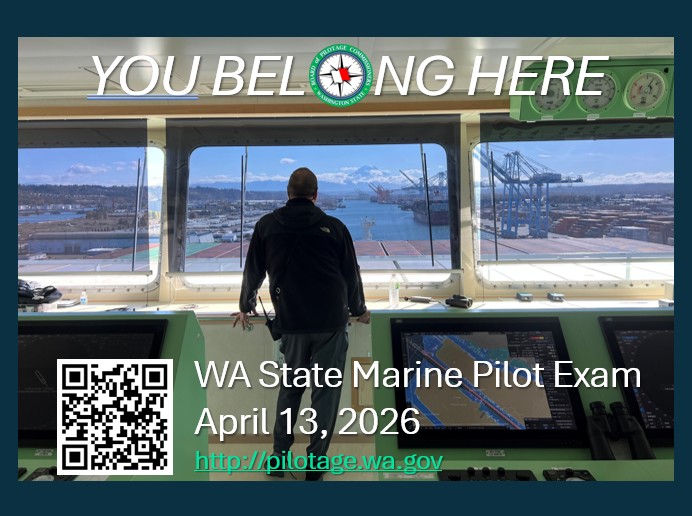Looking for a job in the marine industries is nothing like it once was. Job seekers are harder pressed to find work, while getting any interaction from companies.
Knowing I might be dating myself like an old salt, I freelanced a few times and worked for companies the rest of my career. As a freelancer, I remember picking jobs off a list based on how much fun I’d thought they’d be. I also remember a time when I could call a company up, ask for a person, and tell them I needed a job. Getting a meeting was as easy as a phone call, then I could be working as early as the following day. Those days are long gone.
Hiring is an industry all of its own.
Job boards, recruiters, head hunters, software systems, and every other thing out there are all designed to make a quick buck off you. Supposedly, these things are all in place with the designed idea to help people score their next career stop. But, they really don’t. As an industry, they are an extension of corporations.
Traipse over to places like LinkedIn or other professional job sites, where anyone can easily apply to any job. Or follow a link to a company website and fill out an application. Click a button to find a recruiter in your industry. Sounds simple, right?
Yes, well if it was that easy, people wouldn’t be out of work.
Somewhere along the way when I was offshore, someone came up with the brilliant idea that hiring needed to be more ‘efficient.’ They added online job applications, took down personnel listings from company web sites, and decided that they needed to give HR the power of technology. Wielding this power like King Neptune’s Trident, HR Managers under the guise of ‘effectiveness’, are programming this technology with golden keywords.
Here’s the catch: 75% of job applicants never make it past applicant tracking systems (ATS). What’s worse, is that aspiring sailors need to know how an ATS works, then how to beat it to make it to the HR Manager’s hands. Sounds like a circus act, doesn’t it? Well, it is. After candidates apply, they stand a minimum 90% failure probability, just for using the ATS. And that’s if they are fortunate. After that, the candidate undergoes even more scrutiny.
Hold fast; I want you to take this on board. The HR person will read the resume (the same HR person that probably has never set foot on a boat) and can’t really tell the difference between Hydrographic Survey Technician or an ROV Technician. This person will trash a resume faster than 1500m/s if it doesn’t match their list of skills they been handed to review.
Yeah, you read that right.
So standby, because if an applicant makes it through this gauntlet, then they are truly one of the few. People looking to up their game for the sake of their career must figure out the mess that’s been made of the hiring process.
I know you’re going to tell me to slow my roll, because I forget an entire group of people. You’re right. Let’s toss in recruiter agencies that don’t know what a DPO is, versus a Geophysicist.
Don’t take this the wrong way, there are some great agencies out there and some awesome HR folks. But, as it stands, they are not as abundant as they should be. This just adds to the problem that people face looking for work.
If you’re lucky enough to make it passed each of these hurdles, contenders must get through the interview process.
Getting through interviews now comes withphone screenings with (you guessed it) HR, recruiters, or both. Challenges moving forward are personality tests, knowledge tests, and of course lists of questions. Personally, I’ve been through all different types of interviews. From “Hi, I’m Jim and we really need you to start right now,” to “Please listen to part of the question and choose one of the following answers.”
Getting a job in 2017 has become more difficult than a decade ago. In the quest to make things more efficient, a process has been created to convolute, perplex, and frustrate job seekers. Merit-based hiring has been thrown overboard in favor of the infinite ‘maybe’ reply.
More horrifying are the ‘business-as-usual’ trends that include zero feedback; no returns on calls and emails, automatic rejection letters without context or content, and finally, the everlasting waiting process of a decision.
Nothing about the hiring processes is efficient or effective in its current state.
There are solutions… very real and accountable solutions. It’s time for an overhaul in how we think about hiring and how people are applying. How do we get to these solutions? Well that, is a whole other post.






Recent Comments